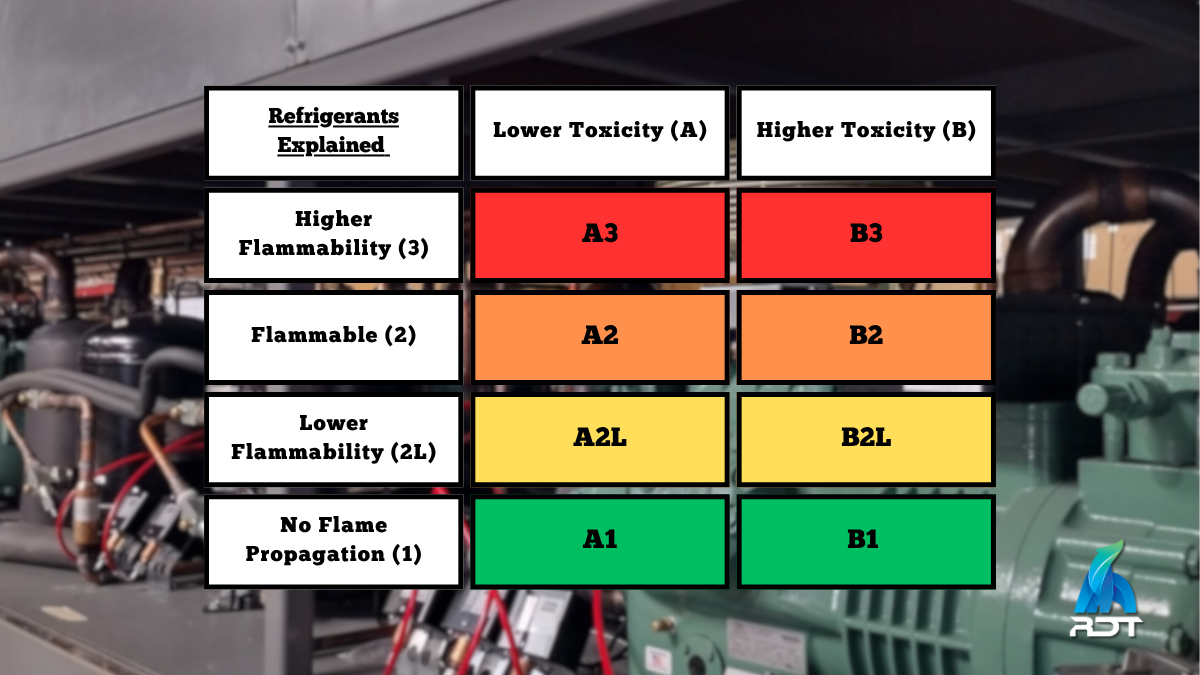2 min read
The technological revolution has changed nearly every aspect of society, including within the foodservice refrigeration industry. Innovations that help operators control costs, provide safety measures, and automate tasks assist businesses n...
Read More












